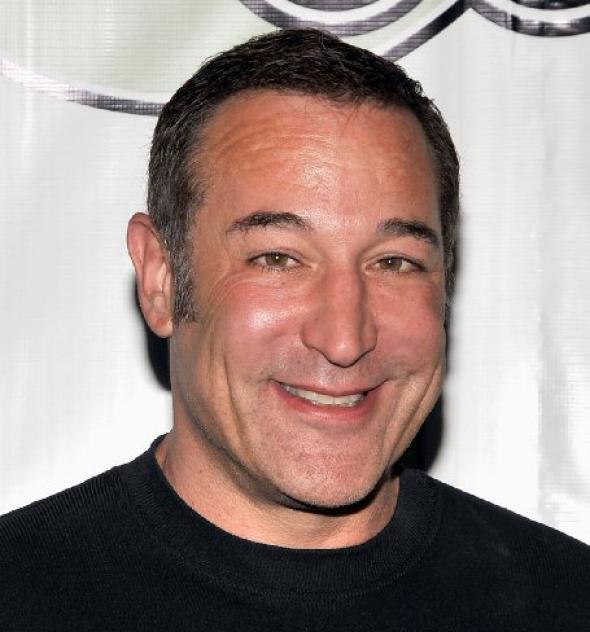When Sam Simon died on Sunday at age 59, he left a Springfield Gorge–sized hole in the hearts of longtime Simpsons fans. The writer, producer, and director, who was diagnosed with terminal colon cancer in 2012, helped mold a cartoon spin-off into the best (and longest running) sitcom in television history. If Matt Groening birthed Homer, Marge, Bart, Lisa, and Maggie, then Simon practically raised them.
“Is it too bizarre to say he made cartoon characters three-dimensional? His comedy is all about character, not just a string of gags,” Simpsons writer Ken Levine once told Stanford Magazine about Simon, who attended the school. “In The Simpsons, the characters are motivated by their emotions and their foibles. ‘What are they thinking?’—that is Sam’s contribution. The stories come from the characters.”
Simon only worked on The Simpsons for its first four seasons, but he is responsible for some of the show’s most memorable moments. He came up with the idea of adapting the Edgar Allan Poe poem “The Raven” for the show’s first Halloween special; he pitched the Cosby Show–toppling epic “Homer at the Bat”; he devised the “Land of Chocolate” sequence in “Burns Verkaufen der Kraftwerk,” the episode in which Mr. Burns sells Springfield Power Plant to a pair of enterprising Germans. It’s impossible to sum up Simon’s brilliance with a single scene, but the 40-second clip of Homer traipsing through a cocoa-coated dream world and taking bites of everything in sight—including a barking chocolate dog—is pretty perfect.
The fantasy could only have been conjured by one man: Homer Simpson. Which is what made it the quintessential Sam Simon idea. What are they thinking? Even though it was a completely silly concept, we fully believed that someone like Homer would sabotage himself during a business meeting by drifting off to the Land of Chocolate. That’s just how Homer’s brain works.
Simon didn’t just help make characters three-dimensional. He helped build the three-dimensional world around them. In author John Ortved’s The Simpsons: An Uncensored, Unauthorized History, writer/producer Wallace Wolodarsky explains that Groening supplied “the template for the show,” and Simon “was able to take that template and make it into an even bigger world and really fleshed it out with characters. He brought a broader perspective to it. He made it bigger than just the family. What’s such an important part of The Simpsons is the world it exists in.” Here’s hoping that Simon is enjoying a bite of something sweet in the Land of Chocolate right about now.
